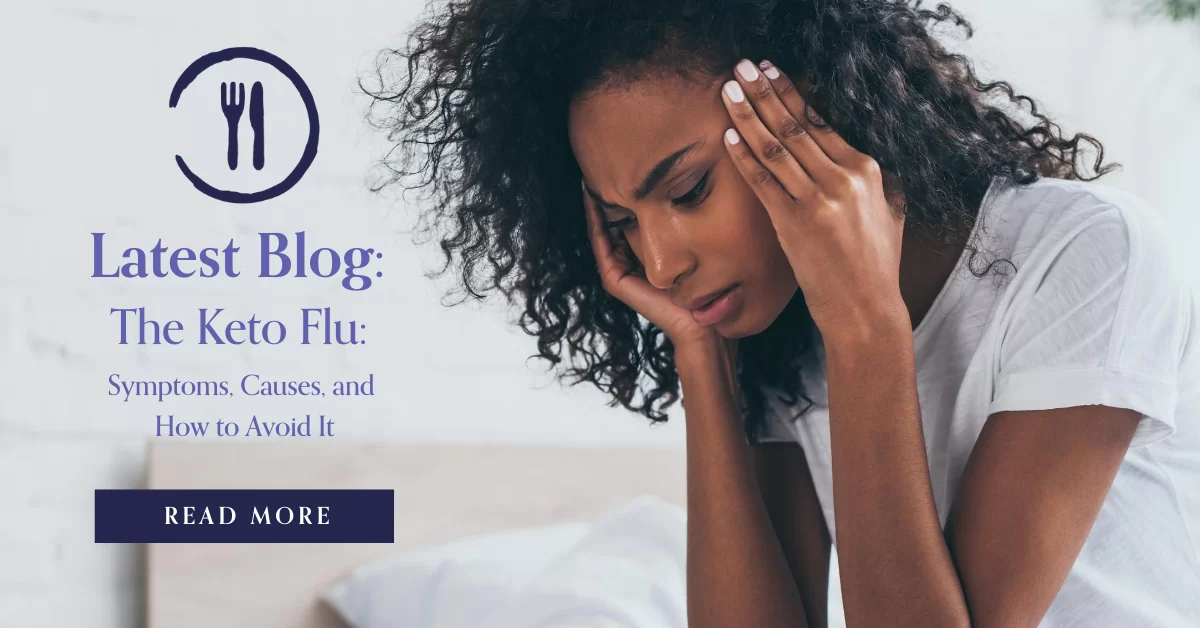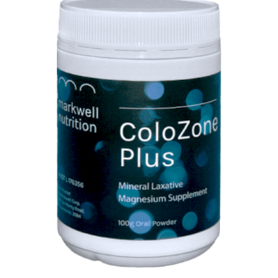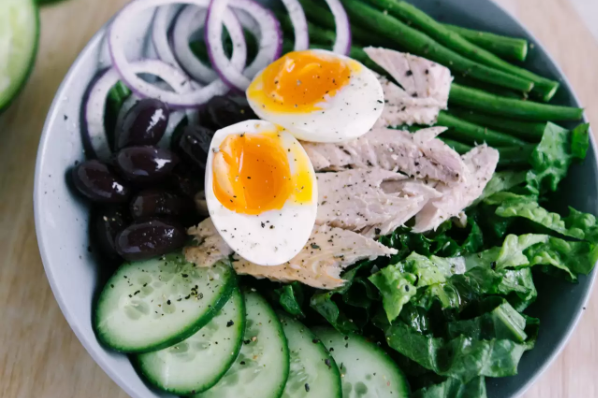The ketogenic diet is well-known to increase energy, improve concentration levels, and stabilize mood. Unfortunately, many people experience the opposite effects when first switching to a ketogenic diet. They feel exhausted, suffer from headaches, and are irritable. They go through the so-called keto flu.
The keto flu signifies that the body is still adjusting to burning fat stores in the body. It is most common on a “dirty” keto diet, and it can be largely avoided when following a well-formulated keto diet.
What Is the Keto Flu?
The keto flu occurs when people switch from a high-carb diet rich in processed foods, grains, and sugars to a ketogenic diet that is moderate in protein and contains complex carbs from vegetables and nuts. Because this switch can cause flu-like symptoms, it is called the keto flu.
Despite the similarities to the virus influenza, the keto flu is not caused by a virus and is not dangerous. The keto flu is a consequence of carb withdrawal that people experience when starting a ketogenic diet.
Fortunately, the symptoms are only temporary and last for a few days or a maximum of a couple of weeks.
Keto Flu Symptoms
The symptoms of the keto flu vary between individuals. Some people hardly notice any discomfort, while others are barely able to work.
The severity of symptoms depends on several factors. One important determinant is the diet you have before switching to the keto diet. Someone who has mainly eaten processed foods before will likely suffer more than someone who previously followed a whole-foods diet.
Another crucial factor is the makeup of the keto diet. The keto flu is more pronounced on a “dirty” or unhealthy keto diet than on a well-formulated keto diet that provides all essential nutrients.
The most commonly experienced symptoms of the keto flu are (
1):
- weakness
- nausea
- irritability
- headaches
- poor concentration
- insomnia
- diarrhea
- constipation
- stomach pain
- muscle cramps
- low blood pressure
Causes of the Keto Flu
The keto flu has two causes: Carb withdrawal and a loss of electrolytes (2).
1. Carb Withdrawal: The Body Is Adjusting to Burning Fat Stores
On a diet rich in pasta, bread, rice, and potatoes, carbs are the main source of energy for the body. Constant consumption of many carbs prevents the burning of fat stores.
When switching to a keto diet, the body has to relearn to use fat as a source of energy efficiently. Carbohydrate metabolism requires a different set of enzymes and other molecules than ketone production. That means the body has to increase the production of certain enzymes and decrease others, which may take a few days. In the meantime, the body struggles to get enough energy, which is why people may feel weak when first starting a keto diet.
2. Loss of Electrolytes: Essential Minerals Needed for Proper Functioning
Carbs are stored as glycogen in muscles and liver. Glycogen binds with water and contains a lot of electrolytes like sodium, potassium, and magnesium (3). When starting a keto diet, carb stores get depleted. As they deplete, you lose a lot of water and electrolytes. Electrolytes are essential to the human body because they are required to regulate blood pressure and other body functions.
Furthermore, because processed foods contain a lot of salt, most people eat considerably less salt when eating a whole-foods diet. This makes you run the risk of not getting enough salt on a keto diet. The risk is especially high in the beginning because you may be losing too much water.
How to Prevent the Keto Flu
The severity of the keto flu is not a matter of luck. How you start the ketogenic diet has a strong impact on whether or not you will experience the keto flu or for how long.
These three measures can help you avoid the keto flu:
1. Add High-Quality Fats to Your Diet
It is difficult to completely avoid carb withdrawal symptoms when switching from a high-carb to a low-carb keto diet, as the body has to get used to the new source of energy. However, providing some extra fats from foods will help you to adapt more quickly. The fat you eat is more accessible than stored body fat, especially when you are not yet fat-adapted. While a ketogenic diet is not necessarily high in fat, in the beginning, a higher fat content helps to overcome the keto flu.
The fat should come from healthy sources like dairy, fish, and avocados. Flaxseed oil is also an excellent plant fat source that is rich in omega-3 fatty acids (4). You can generously use flaxseed oil in salad dressings or any cold dish. Just avoid cooking with it as it is not heat-stable.
2. Get Enough Electrolytes
The following electrolytes are most critical:
- Sodium: A lack of sodium is very common during the keto flu, but it’s easy to fix as sodium is part of regular table salt. Generously salt your dishes to taste, and don’t be afraid of too much salt.
- Magnesium: Most people don’t get enough magnesium from their diet (5). Nuts, seeds, and cocoa contain decent amounts of this mineral. If you eat these kinds of foods daily, you may get enough magnesium on a ketogenic diet. But it is also recommended that you supplement it in the early phases of the ketogenic diet. The Ultra Lite Sachets provided on this program contain enough magnesium and other minerals to ensure sufficient intake.
- Potassium: Mushrooms and green vegetables are good sources of potassium (6) (7). The problem is that most of the potassium gets lost in the water when boiling them. So, either cook them without water or reuse the water.
- Calcium: Dairy and fish are good sources of calcium (8, 9). Try to eat these foods daily to get enough calcium.
3. Stay Hydrated
Because you lose so much water when switching to a keto diet, you’ll notice that you are thirstier than usual. Don’t ignore this, and drink to thirst to compensate for the water loss. You may also want to consider making a specialized drink to help replenish your electrolytes.
Keto Electrolyte Drink:
With this electrolyte drink, you can replenish water and electrolytes at the same time. It is prepared with Himalayan salt or Celtic sea salt, which provides sodium and trace elements like potassium, magnesium, calcium, and iron.
Ingredients:
- 1 liter filtered water
- ¼ tsp Himalayan or Celtic sea salt
- 15 ml apple cider vinegar
- 15 ml of lemon or lime juice
- 1-2 drops of stevia (optional)
Preparation:
Mix everything and drink it throughout the day.
The Bottom Line: The Keto Flu Can Be Largely Prevented
The keto flu is caused by carb withdrawal and a lack of electrolytes. While the symptoms of carb withdrawal cannot be completely avoided, replenishing electrolytes is easily accomplished. In combination with some extra healthy fat and sufficient water intake, this will prevent severe symptoms of the keto flu.
People on the Ultra Lite Program hardly experience symptoms of the keto flu. The Ultra Lite Sachets included in the program provide all necessary electrolytes and vitamins and protein.
In combination with the individualized meal plans, the program ensures that you get all essential nutrients in sufficient amounts. This helps not only to prevent the keto flu but makes the keto diet sustainable long-term.
Source: Caitlin Mclean








